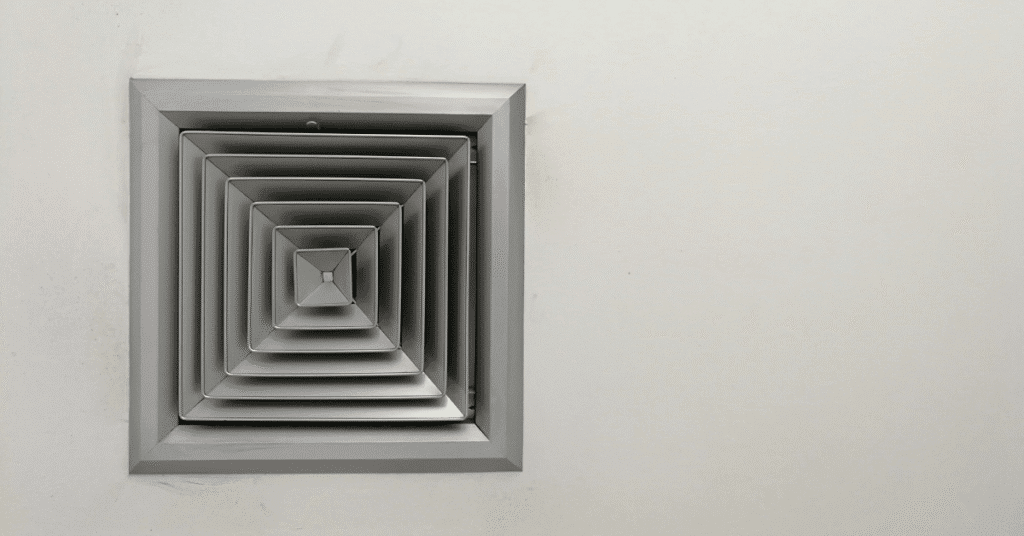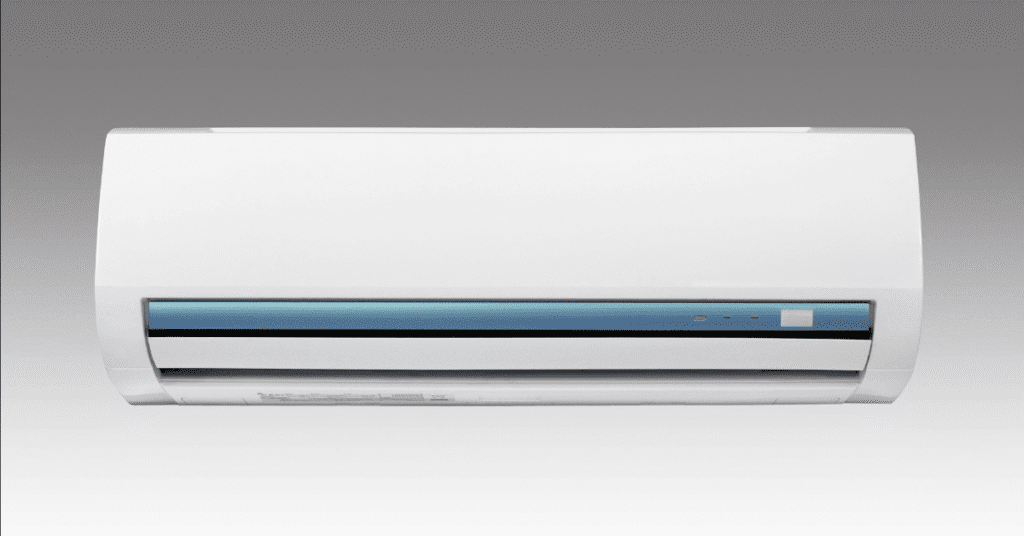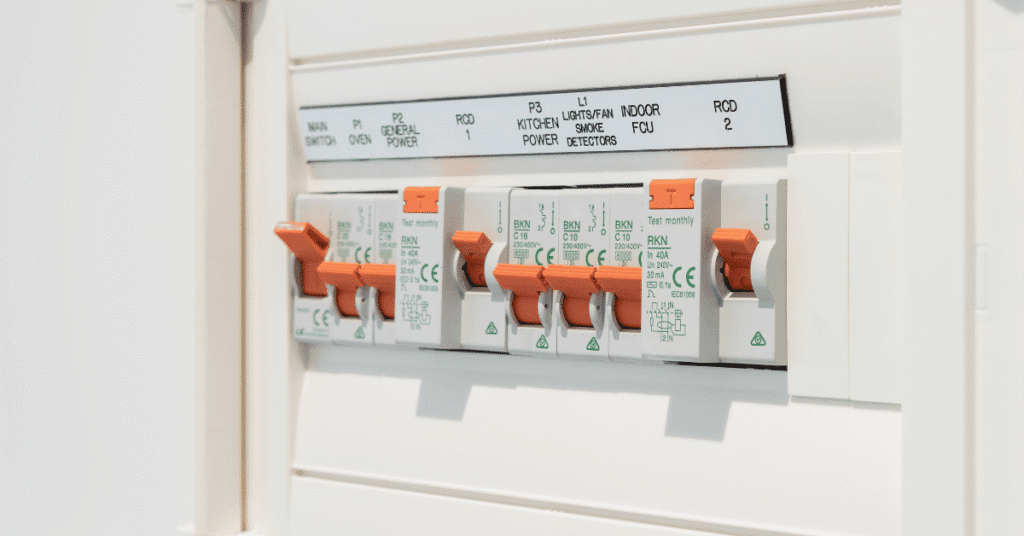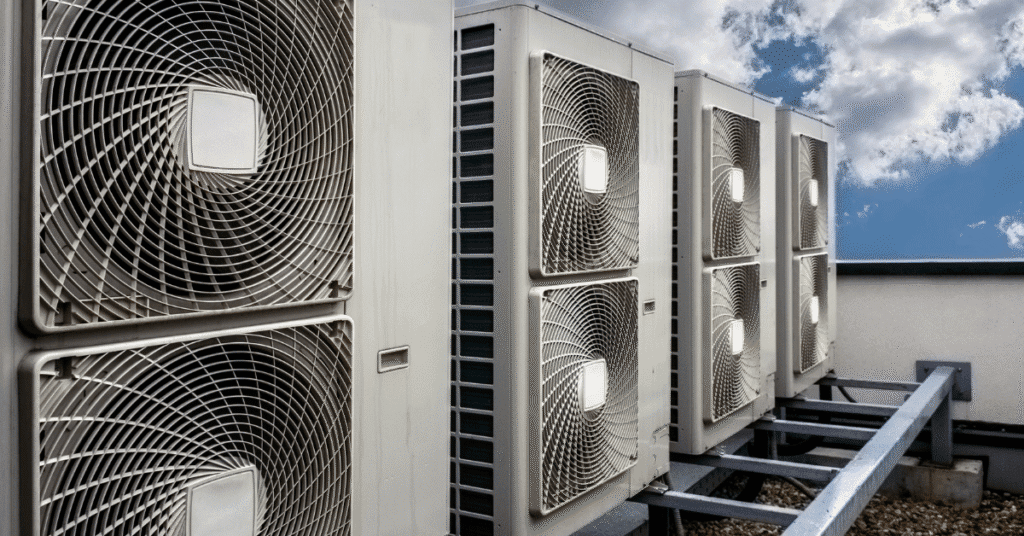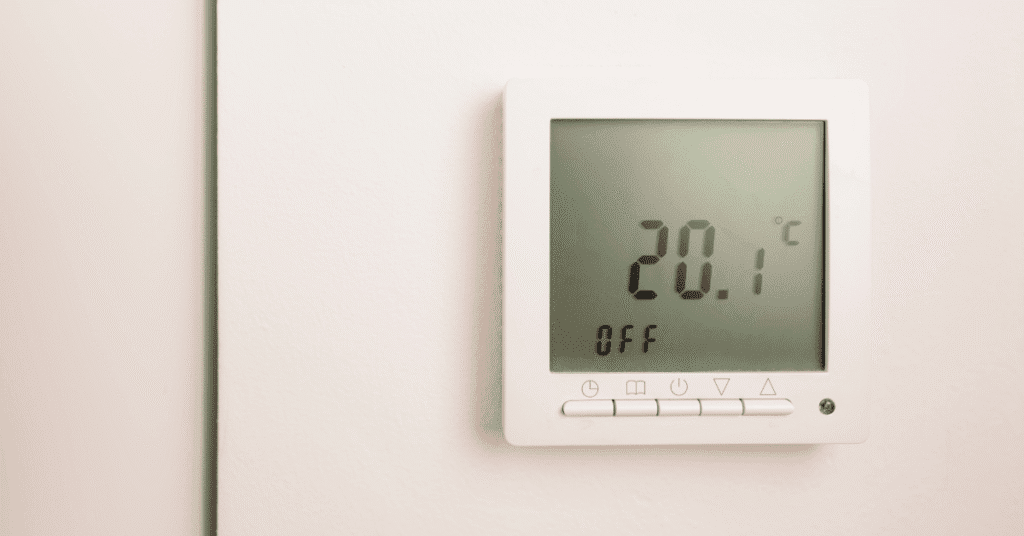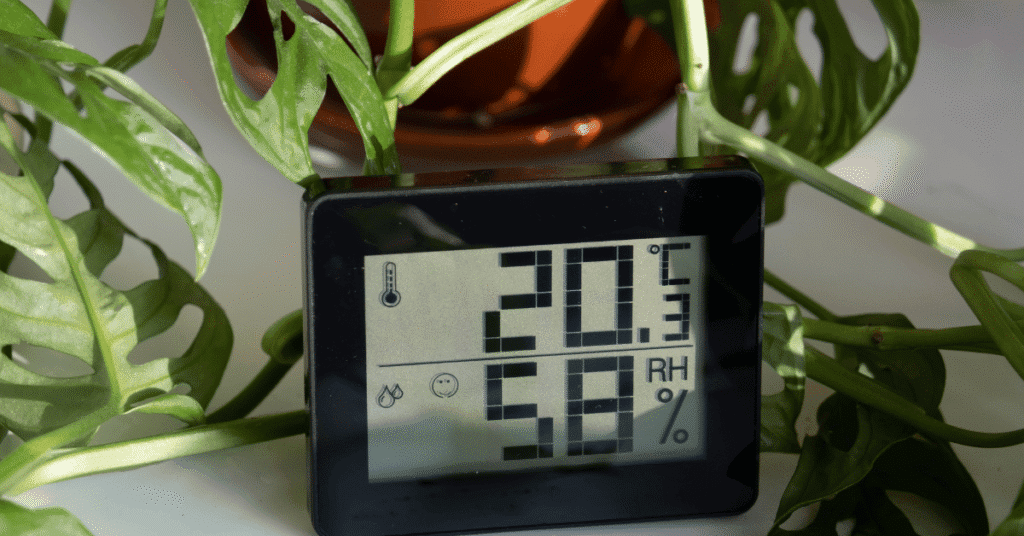Flickering lights are one of those issues every homeowner encounters sooner or later. Whether it’s when your furnace powers on during a chilly night or your air conditioner kicks in on a hot afternoon, lights may flicker for a moment. While occasional flickering can be harmless, persistent or unexplained flickering light problems could indicate a serious electrical issue. In this article, we’ll cover the common causes of flickering lights, when to call an electrician, and simple troubleshooting steps. You’ll also learn how proper cleaning, repair, and installation can help prevent these issues and keep your home safe.
Common Causes of Flickering Lights
Flickering happens for many reasons, ranging from small to serious. Here are the most common causes of flickering lights:
Loose Wiring or Connections
Loose wiring is one of the most dangerous reasons for a flickering light. A poor electrical connection can cause sparks that lead to an electrical fire. Even a simple loose bulb in the socket can cause lights to flicker. If left unaddressed, loose connections may worsen over time. Always tighten the bulb first, and if the issue persists, contact a professional electrician.
Overloaded Circuit
When too many appliances run on the same breaker, you may notice flickering. For example, when your HVAC, refrigerator, and washing machine operate simultaneously, the overloaded circuit may cause lights to flicker or dim. This isn’t just a minor annoyance; an overloaded circuit breaker could indicate your home’s electrical system needs an upgrade.
Faulty Switches and Dimmers
Using a dimmer switch that isn’t compatible with LED bulbs or fluorescent bulbs can cause flickering issues. Faulty switches or old dimmer controls often lead to flickering in your house. Replacing or upgrading to modern dimmers can fix the problem.
HVAC and Appliance Interference
Large appliances such as an air conditioner or furnace draw a lot of power when cycling on. This surge can cause lights to flicker across multiple rooms. While this may seem harmless, it could indicate outdated wiring or an undersized electrical panel.
Utility and Voltage Issues
Sometimes flickering happens due to external problems like voltage issues, storms, or utility fluctuations. These can cause intermittent flickering that homeowners shouldn’t ignore. If you notice flickering lights across the entire house, the issue could indicate a bigger electrical problem from the utility side.

Why Flickering Lights Shouldn’t Be Ignored
Many people think flickering is just a nuisance, but it can signal serious electrical risks:
- Fire Hazard – Loose wiring or faulty connections can spark and lead to fire.
- Stress on Appliances – Voltage fluctuations may even damage sensitive appliances and HVAC systems.
- Energy Waste – Electrical inefficiencies increase your bills.
- Comfort – Lights that flicker constantly affect your living environment and peace of mind.
Persistent flickering is a warning sign that you shouldn’t ignore.
Warning Signs You Need an Electrician
If you notice flickering lights in your home, look for these red flags:
- Lights flicker across the entire house, not just one fixture.
- Flickering happens every time the furnace or air conditioner cycles.
- Burning smell, buzzing, or hot switches.
- Breakers trip frequently.
- Lights dim and surge in brightness.
These are signs of faulty wiring or overloaded circuits. At this stage, you should call a licensed electrician immediately to address flickering before it becomes dangerous.
Troubleshooting Simple Flickering Issues
Some flickering problems are easy to fix:
- Tighten the bulb if it’s loose.
- Replace an old light bulb or faulty fixture.
- Check if flickering happens with one light or multiple lights.
- Turn off the light and try a different compatible bulb.
- Pay attention to when flickering happens (during appliance use or storms).
If the flickering happens often, worsens over time, or affects the entire house, call an electrician to prevent serious electrical risks.
When to Call an Electrician for Repair
Persistent flickering often points to problems that require professional repair. A professional electrician can test the electrical panel, identify faulty wiring, and recommend an upgrade if needed. If dimmer switches are incompatible, they can handle the replacement and installation.
Electrical issues are not DIY-friendly improper repair can create fire hazards. Always contact a professional to inspect your home’s electrical system and keep your home safe.

Preventing Flickering Lights Issues
Homeowners can take steps to prevent flickering problems in the future:
- Schedule regular electrical inspections.
- Replace outdated wiring and upgrade your electrical panel.
- Use compatible bulbs with dimmer switches.
- Avoid overloaded circuits by using dedicated breakers for heavy appliances.
- Replace worn-out light switches, fixtures, and dimmers.
- Keep your electrical system clean and well-maintained.
These preventive steps help keep your lights at full brightness in no time and protect your appliances from damage.
Conclusion
Flickering lights can range from a simple loose bulb to a serious electrical issue. They might be as simple as replacing an incandescent bulb or as serious as faulty wiring that could cause an electrical fire. If your lights keep flickering, don’t ignore it. Contact a professional electrician who can perform safe repairs, installation, and upgrades to prevent flickering in the future. Remember, addressing flickering issues early helps keep your home safe, your appliances protected, and your electrical system reliable.



